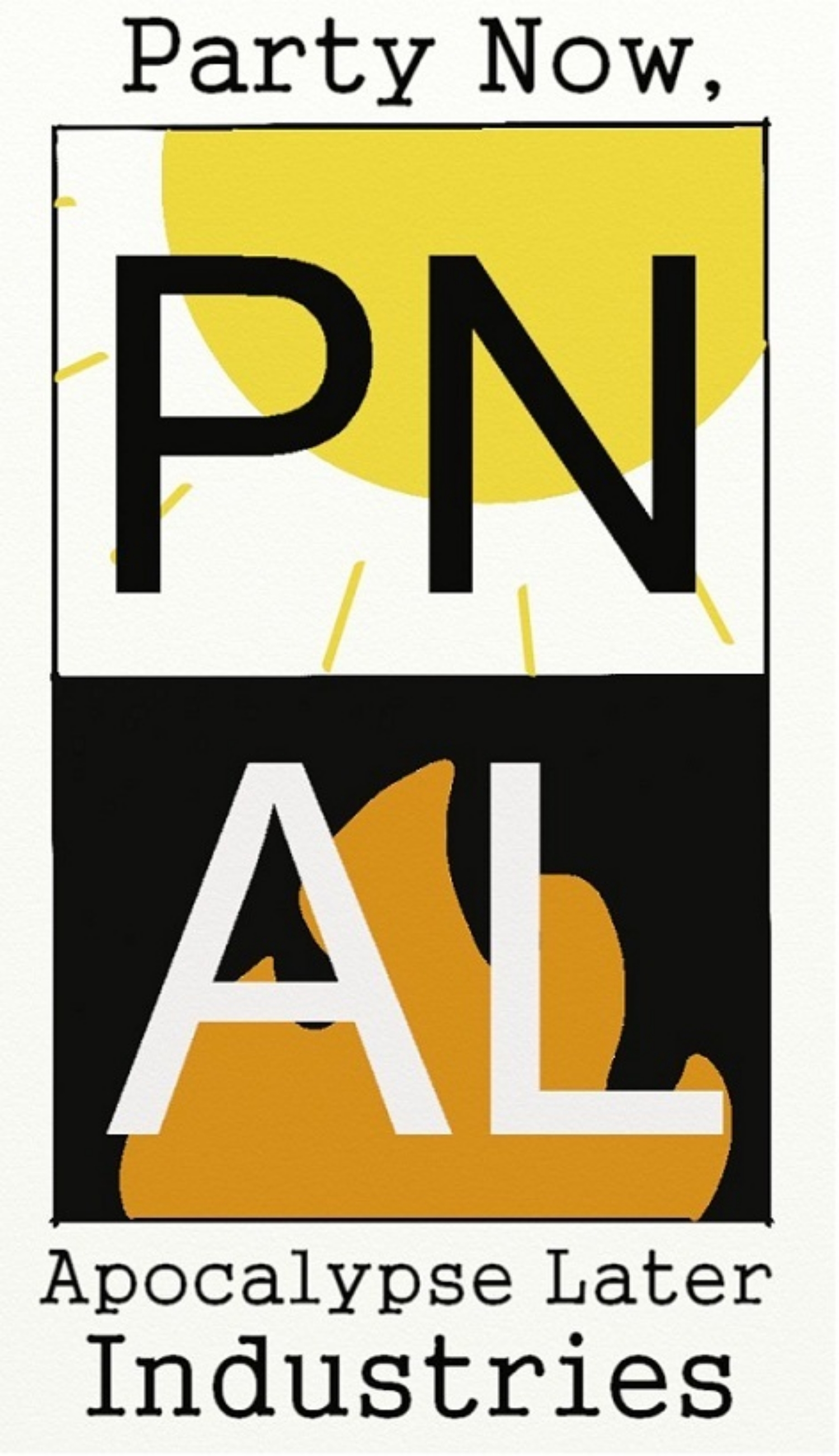Director: Harold Ramis
Cast: Bill Murray, Andie MacDowell, Chris Elliott, Stephen Tobolowsky
Have I Seen it Before: I’m well-versed in Peak Murray™
Did I Like It: This movie really should have everything running against it, and yet it is a career best for all parties involved. It boggles the mind.
The film is nearly perfect, and in fact the only aspect that ages poorly is the song “Weatherman,” wedged into the opening and credits like a lazy, hoary square peg forced into a perfectly round hole. It reeks of a studio note that came to life and terrorized the countryside, but after an IMDB search, I’m horrified to realize it was written by the film’s composer, George Fenton, and director Harold Ramis. RIP, but Harold? If you can hear me, you were Egon, for Christ’s sake. Use your head.
And for every other part, he did. The film is a master’s course in comedy plotting, with not a wasted moment in the film proper. Each moment works on its own, and in turn either sets something up for later on, or pays something else off from before (in some cases, it accomplishes both). It’s theme is pure to the point of crystallization. It engrosses, despite a third act that in less adept hands would be a weirdly soft landing for such a manic tale. While Ghostbusters (1984) will always have a special place in this child of the 80s and 90s, Groundhog Day is the best thing with which Murray or Ramis has ever been associated. It’s often imitated—including, ahem, by me—but here they were working without the net of what had come before.
And there’s no reason—on paper—why any of this should have come to pass. I’m not 100% certain, but I am as sure as I can be that this film was shot out of order. The identical framing and blocking of scenes as Phil Connors (Murray) barrels through a time loop of unknown origins makes me think that the only practical way to shoot would be to get all of the Ned The Head scenes at the same time, the Gobbler’s Knob reports at the same time, or all of the scenes in the B and B at the same time, etc. That each scene has with it a certain amount of sameness, but requires of Murray completely different levels of performance with each iteration. It’s a masterful performance from him, made all the more strangely miraculous when one realizes that Murray and Ramis were not speaking to each other (and indeed, were estranged for most of the rest of Ramis’ life) for the duration of production. The reasons have only been alluded to*, but that the needle-thin precision work needed for this film to avoid being a complete train wreck makes the film all the more of a marvel to behold.
* Maybe Murray hated “Weatherman” as much as I do.

